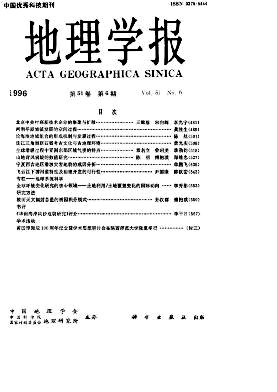Fu Bojie, Chen Liding
Biological diversity can be studies at four levels of organization:genetic,species,ecosystem and landscape. Although habitat heterogeneity has received increased attention, especially in the agricultural landscape mosaic dominated by monoculture practices,the ecological importance of increasing landscape diversity has not been addressed in a comprehensive approach.Landscape diversity types and their ecological significance are discussed in this paper.Landscape diversity is the complexity and diversity of landscape elements in composition,structure and function, which refers not only to number of different patch types, patch size,and patch shape within a landscape mosaic, but also to the spatial arrangement of different patch types and the connectivity and connectedness of these patches. Therefore,landscape diversity is composed of patch diversity,landscape type diversity and pattern diversity.Patch diversity identifies patch number, patch size, patch shape, perimeter-area ratio,landscape fragmentation and patch edge.Landscape type diversity identifies distribution richness and proportions of patch types.Pattern diversity is a measure of the relative arrangement of patch type within landscape mosaic,which identifies spatial pattern of landscape type,connectivity, spatial linkage and neighborhood effects between the patches.Pattern diversity considers not only physical distance between the patches but also the landscape connectivity.Landscape diversity,including patch diversity,landscape type diversity and pattern diversity,may influence a variety such as ecological phenomena such as species distribution,movement and diversity,water runoff and erosion,nutrient cycling and energy flow rates,biomass and prductivity.Landscape diversity can be related to land use and landscape planning,wildlife habitat protection and biodiversity conservation.In optimizing biodiversity at the landscape level, resource managers and policy makers must not only conserve an array of patches, but also address how these patches can be best interconnected.
